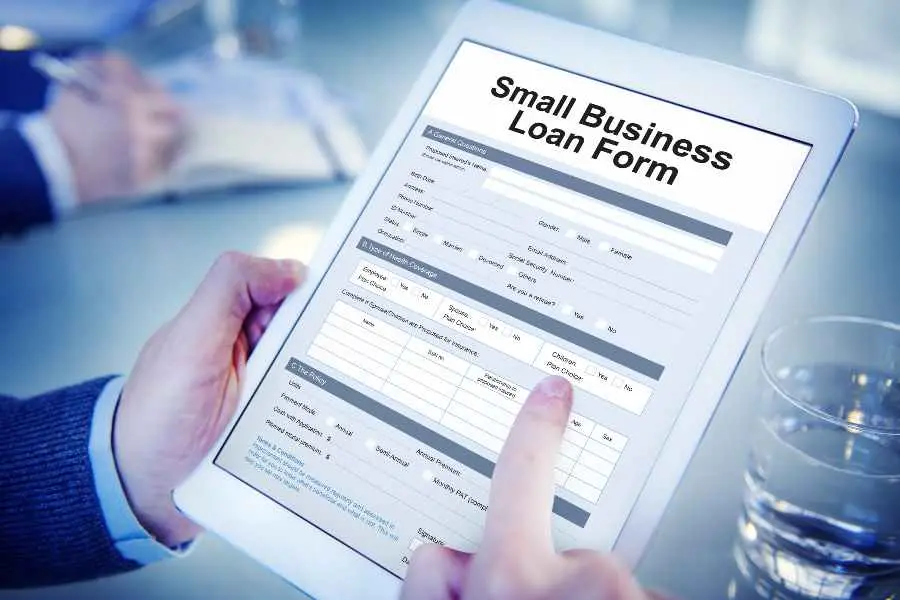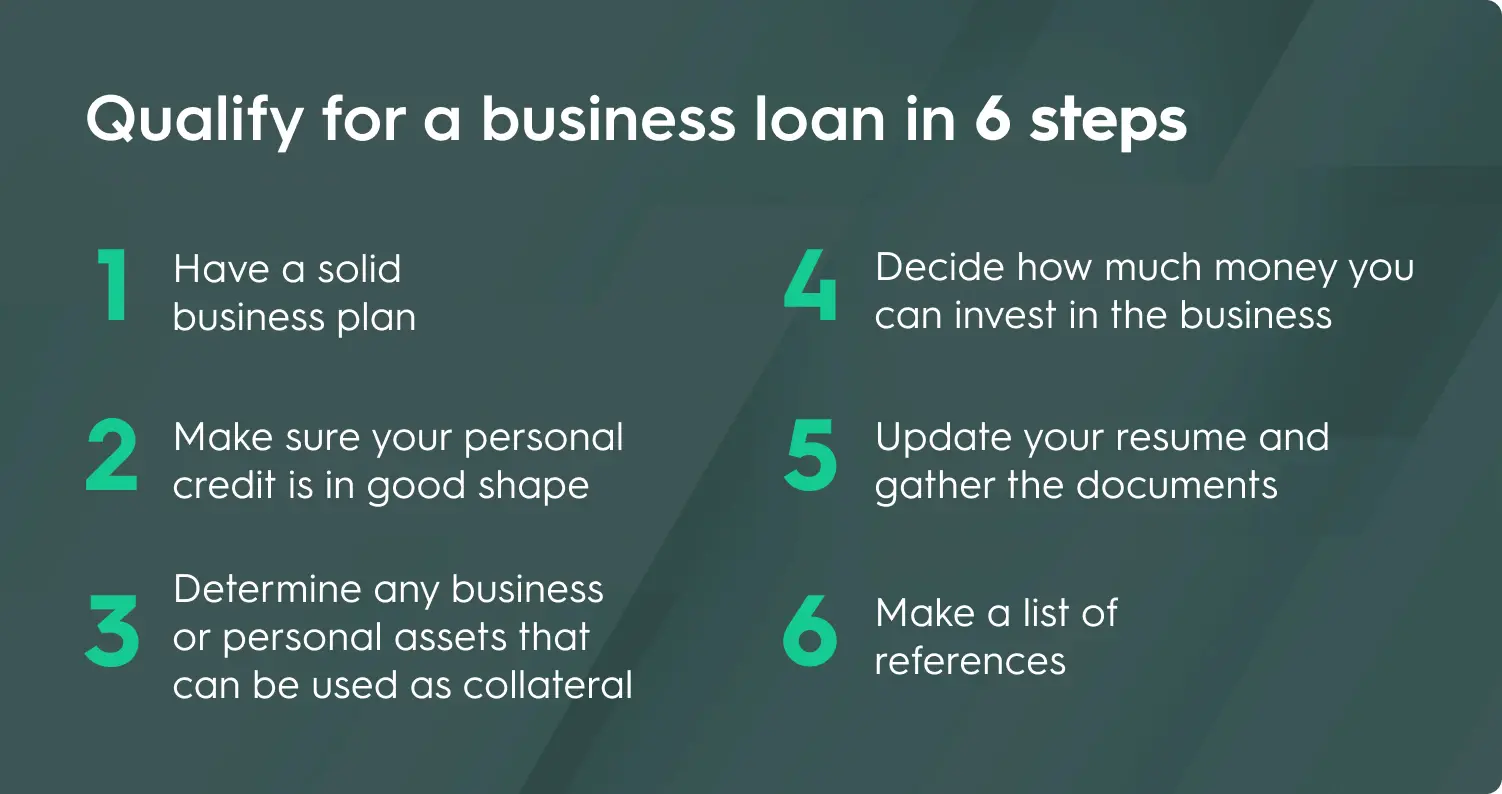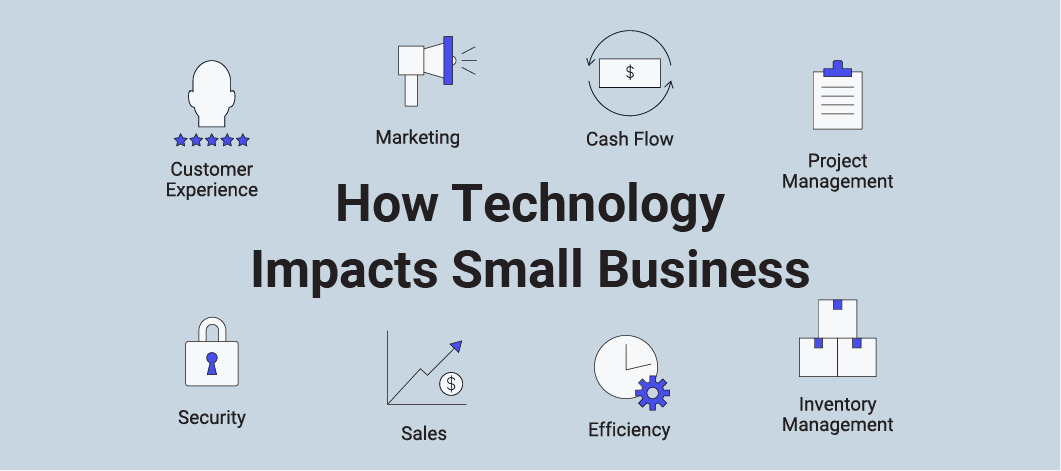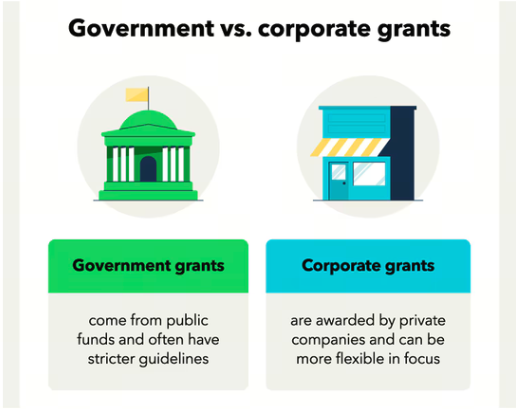
In the ever-evolving landscape of small business financing, understanding your loan options is crucial for success. The 2025 edition of this guide delves into a variety of small business loan alternatives available in the USA, highlighting key features, eligibility requirements, and benefits. Whether you're a startup or an established company, this resource will help you make informed financial decisions.
Small business loans are essential for entrepreneurs looking to start, grow, or manage their businesses. In 2025, the landscape of small business financing continues to evolve, offering diverse options tailored to various needs. Understanding these options is crucial for making an informed decision that aligns with your business goals.
When comparing small business loan options, it’s important to understand the different types available in the market:
1. Traditional Bank Loans: Traditional bank loans are often the first choice for many small business owners. These loans typically offer lower interest rates and longer repayment terms but require a strong credit score and extensive documentation.
2. SBA Loans: The Small Business Administration (SBA) provides government-backed loans that allow lenders to offer more favorable terms. SBA loans are known for their lower down payment requirements and longer repayment periods. However, the application process can be lengthy.
3. Online Business Loans: Online lenders have gained popularity due to their speed and convenience. They offer a variety of loan products, including term loans, lines of credit, and merchant cash advances, often with less stringent requirements than traditional banks.
4. Microloans: Microloans are smaller loan amounts typically aimed at startups or businesses in underserved communities. Organizations like Kiva and the Accion network provide microloans, making them accessible for entrepreneurs with limited credit history.
5. Equipment Financing: This type of financing is specifically for purchasing equipment. Lenders may use the equipment itself as collateral, which can make approval easier. It is a great option for businesses that require expensive machinery.
When evaluating small business loan options, consider the following factors:
1. Interest Rates: The interest rate significantly impacts the overall cost of borrowing. Compare rates from different lenders to find the best deal.
2. Repayment Terms: Understand the repayment terms, including the loan duration and frequency of payments. Longer terms may mean lower monthly payments but could result in paying more interest over time.
3. Fees and Charges: Look for hidden fees such as origination fees, prepayment penalties, and late payment charges that can affect the total cost of the loan.
4. Eligibility Requirements: Different lenders have varying eligibility criteria. Some may require a higher credit score or business history, while others may be more flexible.
5. Loan Amount: Determine how much funding you need. Some lenders specialize in small loans, while others focus on larger amounts. Ensure the lender can accommodate your financial needs.
| Loan Type | Interest Rates | Repayment Terms | Funding Speed | Eligibility |
|---|---|---|---|---|
| Traditional Bank Loans | 3-7% | 5-25 years | 30-60 days | High (good credit, established business) |
| SBA Loans | 5-10% | 10-25 years | 60-90 days | Moderate (good credit, business plan required) |
| Online Business Loans | 7-30% | 1-5 years | 1-3 days | Flexible (varies by lender) |
| Microloans | 8-15% | 1-6 years | 1-2 weeks | Lower (credit history less critical) |
| Equipment Financing | 5-20% | 1-7 years | 1-3 weeks | Moderate (equipment as collateral) |
Once you have a clear understanding of the loan types and factors to consider, the next step is to choose the right lender. Research various lenders, read customer reviews, and ask for recommendations from fellow entrepreneurs. Additionally, don’t hesitate to negotiate terms with lenders to find an arrangement that suits your business needs.
In 2025, small business financing options are more varied than ever, with solutions tailored for different types of businesses and credit profiles. Whether you’re considering a traditional bank loan or exploring online lending options, it’s essential to compare your choices carefully. By evaluating interest rates, repayment terms, and eligibility requirements, you can make a well-informed decision that sets your business on a path to success. Remember, the right financing can be a game-changer for your business growth and sustainability.

Secure Your Business's Future: Best Small Business Loans in 2025

Top Small Business Loans in the USA for 2025: A Comprehensive Guide

Navigating Small Business Loans in 2025: Essential Tips for Entrepreneurs

The Future of Small Business Loans: Trends to Watch in the USA for 2025

How to Qualify for Small Business Loans in 2025: A Step-by-Step Approach

The Impact of Technology on Small Business Loans: What to Expect in 2025

Government Grants vs. Small Business Loans: Which is Better for Your USA Business in 2025?

Success Stories: How Small Business Loans Transformed Enterprises in the USA by 2025